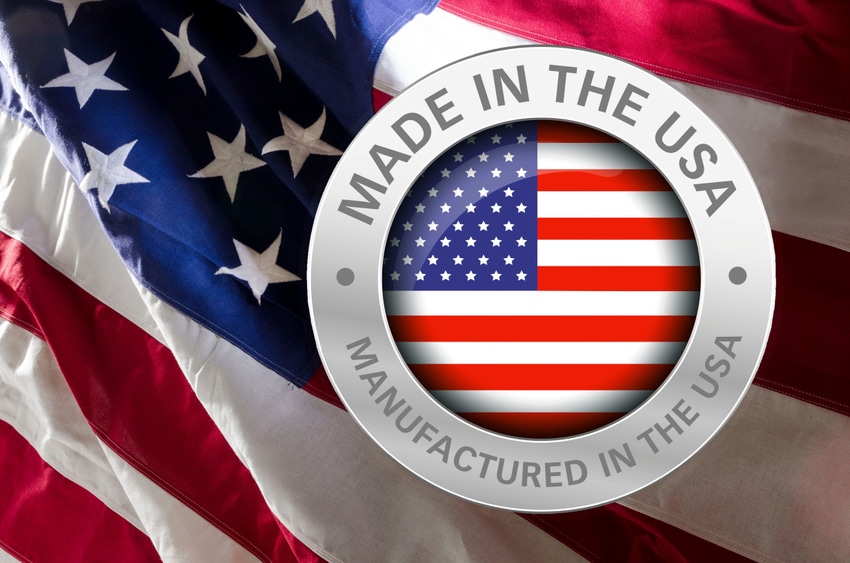Vecima ratchets up US manufacturing in support of BEAD
Vecima has tapped Mara Technologies to build remote OLTs in Holly, Michigan, to help operator customers meet BEAD 'Build America, Buy America' requirements. Meanwhile, Vecima is starting to see cable access sales perk up again.

Vecima Networks has tapped Mara Technologies USA to build fiber-to-the-premises optical line terminals (OLTs) at its Holly, Michigan, facility to support the "Build America, Buy America" requirements attached to the $42.45 billion Broadband Equity Access and Deployment (BEAD) program.
They estimate the move will also open up about 100 jobs focused on the Vecima program.
Vecima's selection of Mara Technologies (a unit of Invotek Group) arrives nearly five months after Canada-based Vecima announced its intentions to expand US manufacturing in support of BEAD's BABA requirements.
Execs were on hand this week for a ribbon-cutting ceremony at Mara's Michigan facility. Pictured (left to right): Jeff Gabriele, Clay McCreery and Ryan Nicometo, Vecima; and Jeff Gary and Paul LaCroix, Invotek Group. (Photo courtesy of Vecima Networks)
Early on, Mara Technologies will manufacture Vecima's SF-4X remote optical line terminals (OLT) at the Michigan facility. Vecima has been manufacturing that product in Vietnam.
Vecima said it also intends to expand manufacturing to the facility for other fiber products in the Entra portfolio.
"This is the first step," Vecima Chief Operating Officer Clay McCreery told Light Reading.
While the SF-4X is Vecima's "workhorse" in the category, Vecima is also working on new fiber modules and denser platforms that could be made to support BEAD projects, he said.
Vecima hasn't announced any BEAD-related commitments for its remote OLTs, but the company expects to see initial products rolling off the Michigan manufacturing plant by this June.
Meanwhile, Vecima is selling its remote OLTs outside of the BEAD program on an ongoing basis. "We absolutely have demand for the US-based product," McCreery said.
Vecima's news also got a shoutout from Alan Davidson, administrator of NTIA, the agency overseeing BEAD.
"Today's announcement shows that the Biden-Harris Administration's strategy to deploy high-speed Internet networks across America is also creating American manufacturing jobs in the process," Davidson said in a statement. "At NTIA we believe if the hardware needed to connect everyone can be made in America, it should be made in America. NTIA thanks Vecima for stepping up and answering that call."
Signs of a turnaround
Vecima announced its US manufacturing partner the day after the company reported its fiscal Q2 2024 results.
Like other suppliers, Vecima is seeing a slowdown as operators work through product inventories that were built up to help offset supply chain constraints, but it expects sales to start to pick up in the second half of the year.
"Now at the mid-point of our 2024 fiscal year, we believe this transition is approaching its conclusion," Vecima CEO Sumit Kumar said on Wednesday's earnings call.
Quarterly sales for Vecima's Entra line of DAA products were C$43.8 million (US$32.44 million), down more than 20% on a year-over-year basis. But they rose 13% versus the prior quarter as sales began to ramp, Kumar said.
Kumar noted that the company's ERM3 remote PHY device launched with Charter Communications during its fiscal second quarter in support of Charter's hybrid fiber/coax (HFC) network upgrade project.
"The volume launch got underway in December, meaning we haven't yet seen a full quarter's worth of contribution from the program," Kumar said. "We expect this solution to be used for a substantial portion of Charter's footprint-wide cable access network upgrade to DAA. It represents a major, multi-year revenue opportunity for Vecima."
Vecima has also launched a DOCSIS 4.0-ready Generic Access Platform (GAP) node that's built on SCTE standards. Vecima's GAP product was nearing the production stage when it was shown at last fall's Cable-Tec Expo in Denver.
GAP features a unified housing that can support various service modules – including remote PHY devices, PON modules and edge compute modules – that utilize standardized interfaces.
"Our lead tier 1 customer certified it for us on their network," Kumar said of Vecima's GAP node. He didn't identify the operator by name, but Charter has been championing the GAP project since it got underway more than five years ago.
About the Author(s)
You May Also Like












